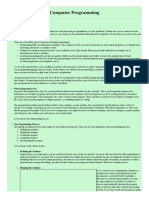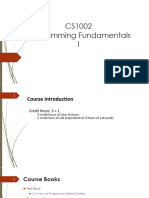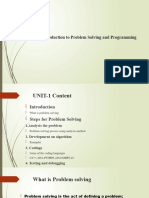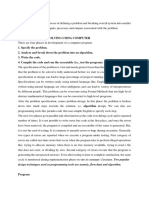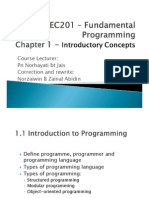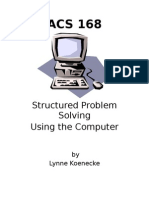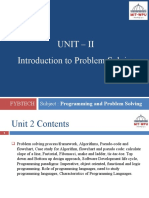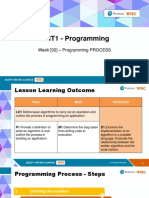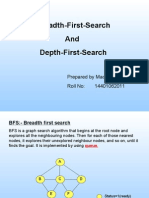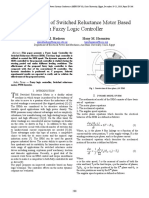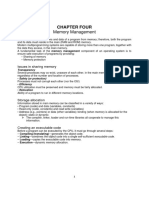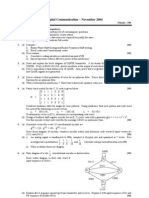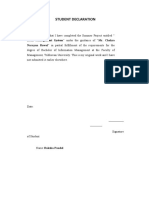0% found this document useful (0 votes)
10 views17 pagesProblems Solving
The document outlines the problem-solving process, which includes defining the problem, outlining solutions, developing algorithms, coding, testing, and maintaining programs. It emphasizes the importance of breaking down problems into components and using pseudocode to represent algorithms. Additionally, it discusses the limitations of natural language in programming due to ambiguity and the need for precise instructions in programming languages.
Uploaded by
mervathelmyeeCopyright
© © All Rights Reserved
We take content rights seriously. If you suspect this is your content, claim it here.
Available Formats
Download as PDF, TXT or read online on Scribd
0% found this document useful (0 votes)
10 views17 pagesProblems Solving
The document outlines the problem-solving process, which includes defining the problem, outlining solutions, developing algorithms, coding, testing, and maintaining programs. It emphasizes the importance of breaking down problems into components and using pseudocode to represent algorithms. Additionally, it discusses the limitations of natural language in programming due to ambiguity and the need for precise instructions in programming languages.
Uploaded by
mervathelmyeeCopyright
© © All Rights Reserved
We take content rights seriously. If you suspect this is your content, claim it here.
Available Formats
Download as PDF, TXT or read online on Scribd
/ 17




